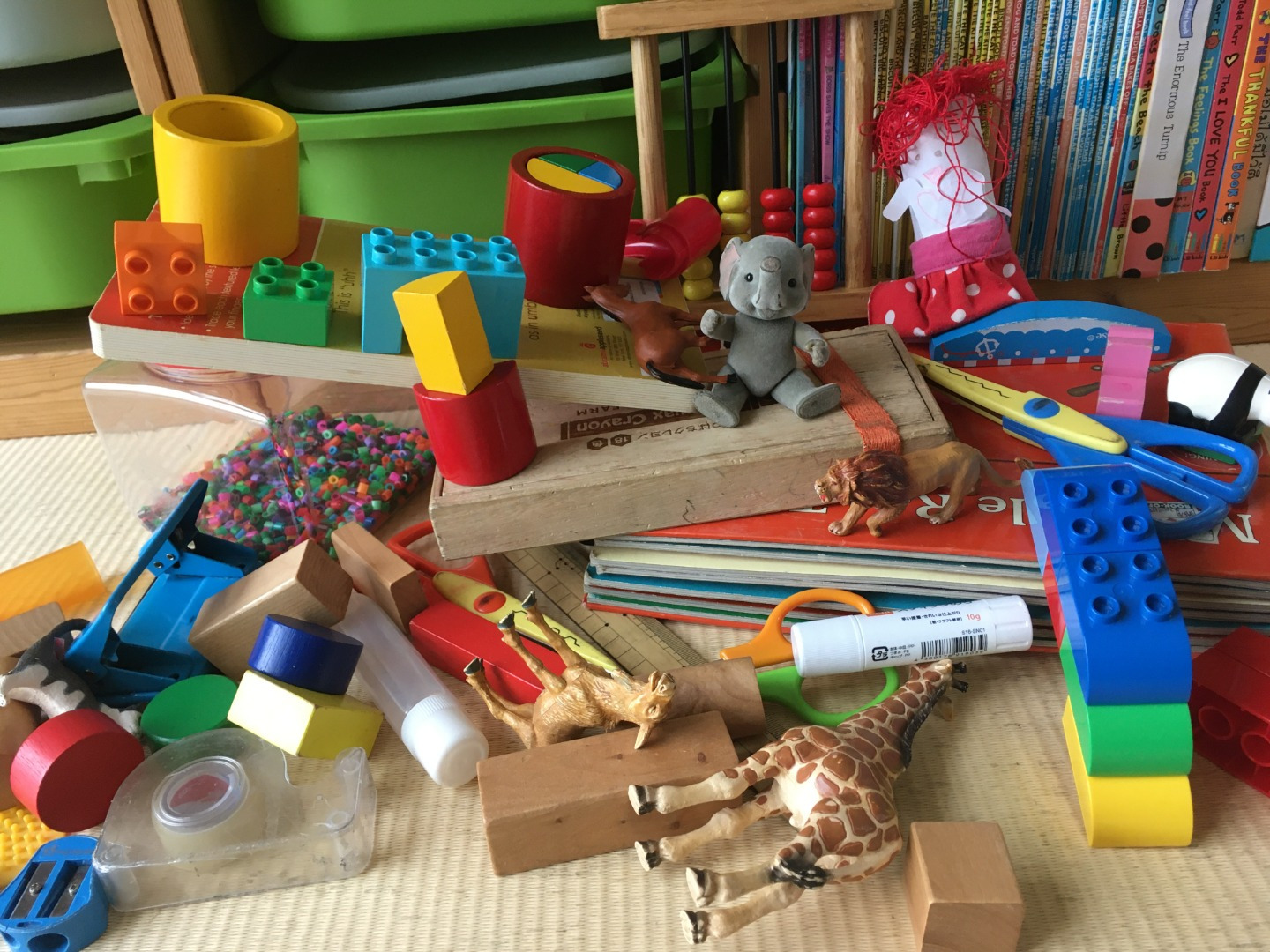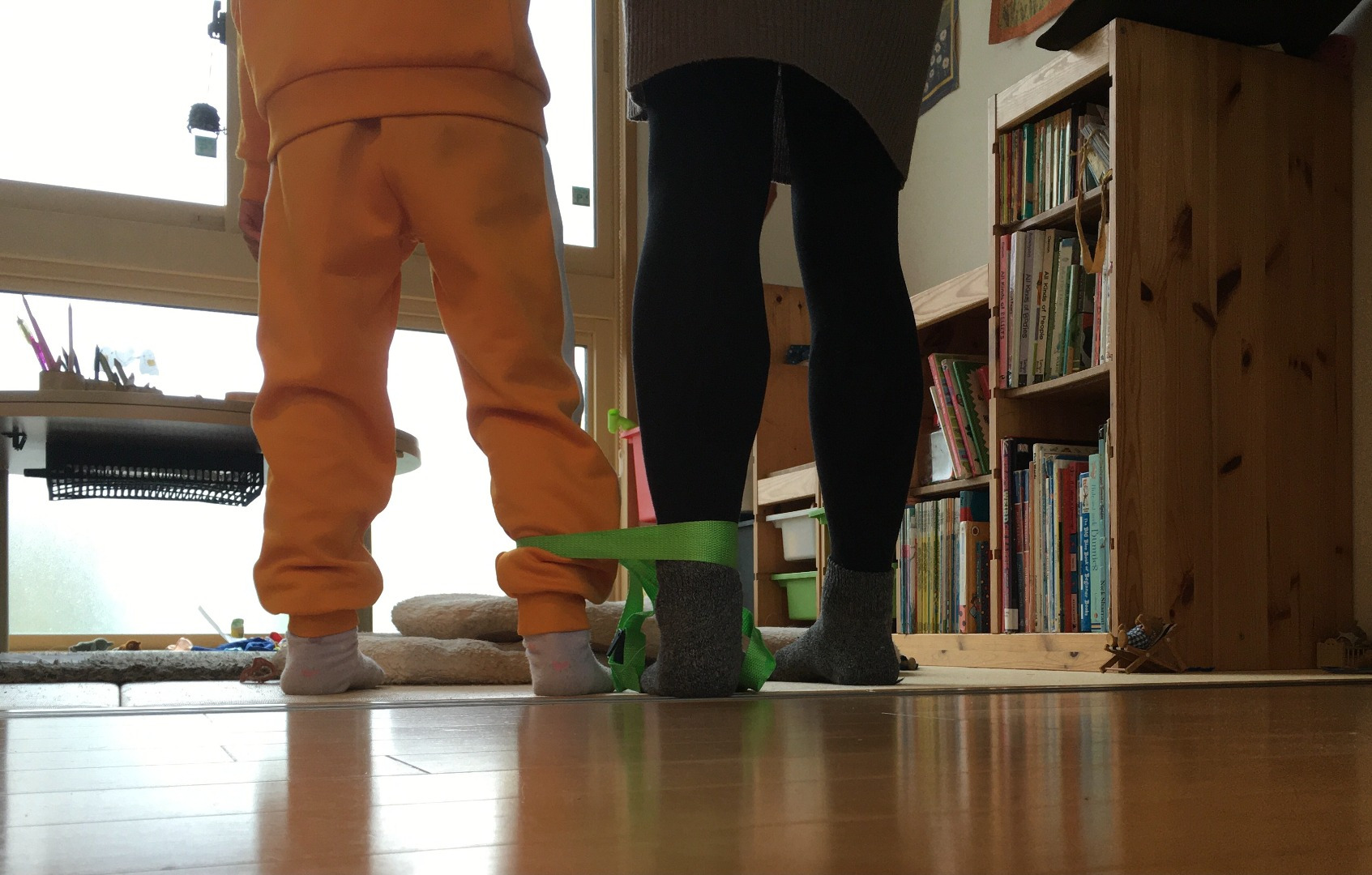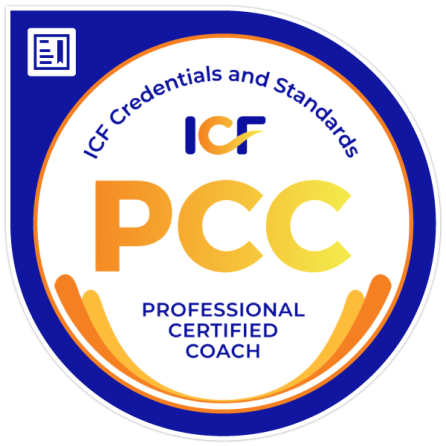Almost every parent has probably had the fight with their child or children about who is responsible for tidying up what. That children generally don’t like tidying up is no surprise. Adults don’t like it either. So how do we get past the irritation and get the whole family to clean up together in an atmosphere of happiness and teamwork?
Before I start to line up some of my tips for how to make tidying up fun for kids, I want to mention two more fundamental and important things to keep in mind.
Firstly, what message are you giving your children about tidying up when YOU do it? If you are grumpy and say things like “How many times do I have to pick up these socks from the floor?” or “I’m the only one who cleans in this house!”, chances are high that your children will get the message that cleaning is boring and the one who is doing it is to be pitied. If you want your children to get a positive view on keeping their things in order, you can instead say that “It’s getting so clean and nice around here” while you’re cleaning.
Secondly, does your child know how to tidy up? Even if you think that it’s obvious that the crayons should go in the crayon box and then on the designated drawer, your child might not remember this. For many children (especially young ones), it’s much better to give explicit one-at-a-time instructions, such as “Would you pick up all the crayons and put them in this box?” rather than general requests such as “Tidy up this room please!” Having a clear system for which item goes where also helps your child to learn to keep things in order more easily.
Once we have conveyed a positive view on cleaning, and made sure that our children really know where each item goes, it is time to make tidying up together into a fun activity. Here are some tricks that might help.

Make tidying easier by putting limits
1. Use a timer
This is simple. Look at the mess, estimate how long it will take to tidy up, and then put a timer and tell everyone that “We’re going to tidy up together for X minutes. When the time is up, you can go and play!” Small children may only be able to concentrate on tidying for five minutes. Then you might need to be prepared to tidy up the remaining mess after the timer goes off. Instead of a timer, you may choose to use music. Choose a long song if you have a lot of mess, and a shorter one if you have less. Challenge the family to get it all done before the music ends.
2. Tidy up a certain number of items
Tell your children to pick up 50 items each (adjust the number according to how far your children can count and to how much there is to tidy up). This is a great way to make sure that everyone does their share. It’s also a good way for younger kids to practise counting. You can adjust the number according to age or ability so that older and faster children get a larger number, while younger and slower ones get a smaller number of things to clean up. Again, be prepared to tackle the remaining mess by yourself in case there is still some left after everyone has reached their numbers.
3. Choose a specific area to tidy up
Instead of limiting the time or the number of items to be put in the right places, you can give your child a specific place to clean, such as one room, “the area in front of the sofa” or “the table”. If you have more than one child, they get one area each. How big area they get depends of course on their age and cleaning ability. Allocating a specific limited area, rather than the whole house or apartment, makes it easier for children as they can see their progress and what is left to be done more easily.
Practise social skills
4. Ask siblings to coach each other
Instead of siblings blaming each other and saying things like “She’s not helping! Why should I?”, you can use the tidying process to practise teamwork and social skills. Good teamwork can be to help each other tidy up in an efficient way. Social skills can be to give each other positive feedback. For example, you can ask one sibling to be in charge of coaching the other by saying positive comments (“You picked up all the pencils! Well done!”) or, if needed, giving helpful advice (“How about picking up the blocks next?”). If you want to make this into a game, you can give points for each item that is picked up and put in the right place AND for each positive remark given. In this way, the winner needs to be both efficient and nice.
5. Tie your kids together

If you want your children to practise teamwork, you can tie them together. This makes it harder, rather than easier, to tidy up, but it can raise motivation because of the added challenge. Use a scarf or a piece of rope to tie together the arms or the legs. Let your children explore the best ways of working together in this way. If you want to, you can have a follow-up discussion on what worked and what didn’t.
Make tidying into a game
6. Give points
The simplest way to turn tidying into a game is to say that participants get one point per item that they put in the right place. This works well with competitive children. If you don’t want your children to compete against each other, they can make a team and compete against you (or both parents). If you have bad losers in the family, you might want to “adjust” your own points so that the children win (and thereby get happy and want to tidy up again the next day).
7. Make up silly rules
What if you may only tidy up while walking backwards? Or if you are only allowed to use your left hand? Perhaps you must pick up items in size order, starting with smaller items before moving on to larger ones. How about tidying up as a dog? Then you must walk on all fours. If you are a kangaroo, you must jump while you tidy up. If big sister is a horse, then little sister might have to ride on her back while they tidy up together. How does a robot tidy up? Or a dinosaur? Use your imagination and make tidying more playful and fun.







